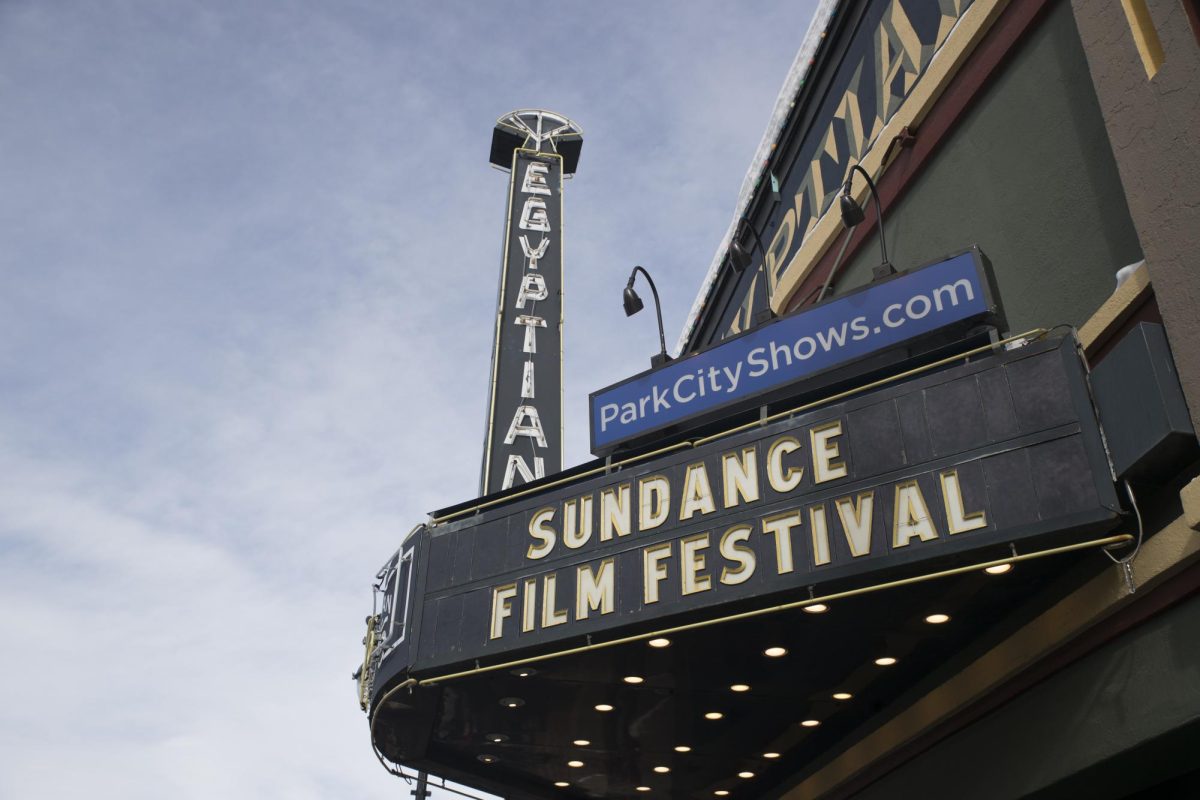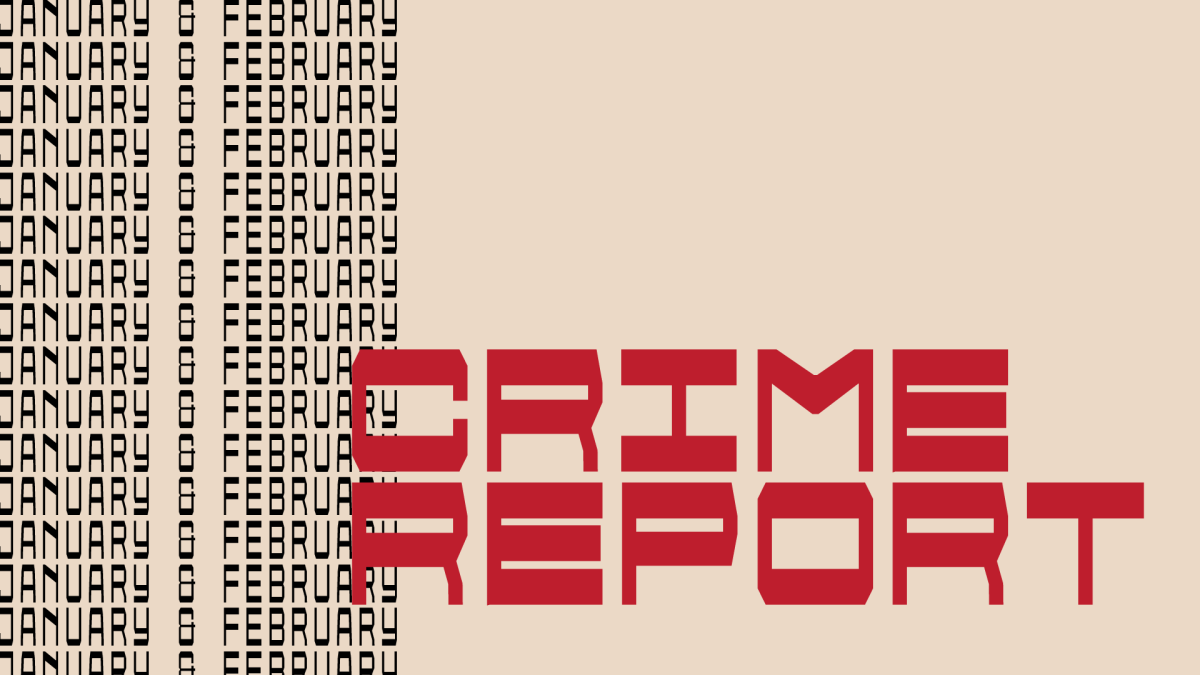Saifee: The True Costs of Poor Air Quality
Inversion in Salt Lake City, UT on Friday,Nov. 10, 2017. (Photo by Curtis Lin | Daily Utah Chronicle)
December 7, 2020
Salt Lake City is home to the best snow on earth, countless hiking trails and beautiful mountains. But its alluring outdoor landscape and community can never overshadow the notoriously awful air quality. It is consistently ranked as one of the cities with the worst air quality globally. That’s right, globally!
With the winter months comes the thick, dark gray, fog-like blanket that clouds the valley, known as the inversion. I remember my first experience with the inversion. I was pulling an all-nighter at the Marriott Library, and as I walked out at 3 am, the dark fog enveloped me. I could smell it and taste it on my tongue. It felt dangerous and disgusting to be outside in it. In the summer, the lesser-known ozone air pollution is particularly harmful to people, worsened by the extended wildfire season. The reality is that residents of Salt Lake City are breathing in unhealthy air year-round. This unhealthy air comes at a cost. Bad air costs us our health, finances and overall livelihood in Utah.
I like to go for a morning run a couple of times a week, especially now in COVID-19 times because I spend most of my days glued to my screen. The first thing I check before going outside is Utah’s Air Quality Index. This tool uses air monitoring stations across the valley to determine the quality of air from good, moderate, unhealthy for sensitive groups, unhealthy, very unhealthy, to hazardous. It primarily monitors PM 2.5 (particulate matter that contributes to the wintertime inversions) and ozone levels. Based on the information it gives, I decide to go outside or not.
PM 2.5 is a tiny particulate matter that is emitted into the atmosphere via vehicles, homes, businesses, and power plants. Its small size can penetrate past our body’s natural defenses (nose, mouth and throat) to the respiratory and cardiovascular systems. This leads to adverse health incidents such as coughing, asthma, and heart attacks. A recent study co-authored by many University of Utah scientists states that “Air pollution in Utah causes between 2,500 and 8,000 premature deaths each year, decreasing the median life expectancy of Utahns by 1.1 to 3.6 years.” They also found that the “loss of life expectancy is distributed across most of the population, rather than only affecting “sensitive groups.” For example, 75% of Utahns may lose one year of life or more because of air pollution, and 23% may lose five years or more.”
This study is eye-opening because I previously categorized myself as a healthy individual and have gone running when the air quality is “unhealthy for sensitive groups.” Whether you have pre-existing conditions or don’t, poor air quality is harmful. Especially now, when 190,000 + Utahns have contracted COVID-19 — a disease that potentially inflicts long term damage on your respiratory and cardiovascular systems. Poor air quality affects all of our health just to varying degrees of severity.
The health impacts of poor air quality in Salt Lake City roll into economic impacts. This same study states that “Bad air quality costs Utah $1.9 billion annually.” This is a conservative estimate compared to some national estimates of $9 billion for Utah. These estimates account for the healthcare expenses, loss of crops and earning potential, as well as the hidden costs on Utah’s tourism industry. From a personal standpoint, I know of many people who chose not to attend school in Salt Lake City because of its poor air quality. The same goes for the job market — people turn down jobs just because of the air quality. My parents fall into that category because they chose to move to St. George instead of Salt Lake because of the winter inversions.
Great strides need to be made for Salt Lake City to ditch its bad air quality stigma. A collective effort is required by Utah’s legislators, business owners, nonprofits and community organizers for clean air to be achievable. Additionally, more money needs to be dedicated to clean air solutions and research. This year only $10 million was given to clean Utah’s air, which is 0.5% of the poor air costs. University of Utah’s very own Kem C. Gardner Policy Institute has created the Utah Roadmap, which lays out the pathways in which clean air and a healthy environment are possible. The roadmap evaluated over 200 policies and found which ones would work best in Utah. They have advocated for seven policies that would be good starting points, ranging from renewable energy to emission reduction.
As a Salt Lake City resident for the past three years and at least one more, I want to see Utah strive for cleaner air. I want Utah to have the ability to boast about its incredible outdoors, and it’s clean air. By prioritizing clean air, Utah ensures a healthier and more economically sound future for its residents.












